Basmati rice is known as the King of Rice and is priced for its characteristic long-grain, subtle aroma and delicious taste. Punjab, Haryana and Western Uttar Pradesh are traditional basmati rice growing areas. The photo-insensitivity of semi dwarf basmati varieties like Pusa Basmati I, allows its cultivation in any part of India.
Climate
The crop requires 20o-35oC temperature throughout its growing season, clear skies, low night temperature and a fair rainfall distribution.
Soil
Heavy, neutral soils like clay, clay loam and loamy are preferred soil types for growing basmati. The crop prefers soil with pH range of 5.0 – 8.0. Alkaline and saline soils are not suitable for the crop.
Propagation
Rice propagation is through transplanting of seedlings from nurseries.
Varieties
While selecting varieties for cultivation, remember to select varieties naturally resistant to pests and diseases of that area. The variety should also be suited for the soil and climate of the area. Two of the most popular export quality varieties cultivated are Basmati 370 and Taraori Basmati. Pusa Basmati I, World’s first high yielding, semi dwarf variety of Basmati has also been developed. Basmati farmers of Punjab, Haryana and Uttar Pradesh use Pusa-1121, CSR-30. The grain from 1121 has better aroma and lower chalkiness than Pusa Basmati-1, while yields are more or less the same. CSR-30 has higher yields and is saline resistant compared to the traditional cultivars.
Seed rate
Transplanting: 60-85 kg/ha
Broadcasting: 80-100 kg/ha
Dibbling: 80-90 kg/ha
Seed treatment
Dry seed treatment: Dust seeds with talc based formulation of Psuedomonas fluorescens (P1 and P14) at 10g/kg seeds, during sowing time
Wet seed treatment: Soaking seeds for 12-16 hours in solution of P.fluorescens (P1 and P14) prepared at 10g/liters of water/kg of seed
Nursery
There are two methods of raising seedlings in nursery, essentially based on water availability:
Wet method
Raise beds of 5-10 cm height, 1-1.5 m width and of convenient length with drainage channels between beds. The total seeds beds area should be 1000 m2/ha of field to be transplanted in. Vermicompost at 500g/m2 and rice husk ash at 100g/m2 are added to the field while preparing beds. Thrips incidence can be reduced by application of vermicompost. Vermicompost can be substituted with compost or cattle manure at 1kg/m2, if unavailable.
Dry method
Raise beds of 1-1.5 m width and 15 cm height and convenient length. Apply vermicompost at 500g/m2 and rice husk ash at 100g/m2 into the soil while bed preparation. Sow seeds, dry seed treated as described above, evenly on the bed and cover with fine soil/sand.
Age of seedlings
Seedlings are ready to be removed, when they attain the 4-5 leaves stage. The seedbeds should be irrigated lightly a day before pulling out seedlings. Wash off mud and soil from the roots and bundle seedlings based on size.
Spacing
General spacing recommended is 30 cm x 25 cm for rice
Land preparation
The main field is dry ploughed three weeks prior to planting and then water-logged with 5-10 cm standing water. Organic manure (10t) or green manure (10-20t) is incorporated into the soil and properly levelled. The field should be again flooded at least 3 days before transplanting of seedlings. Bio-fertilizers like Azospirillum or PSB/PSM at 2-3 kg/ha mixed with 25 kg FYM or vermicompost can be applied to soil just before planting. In case of very acidic soils, liming is essential (pH less than 5.5). Apply lime at 600kg/ha in two split doses, 350 kg/ha as basal dressing and 250 kg/ha as top dressing about a month after transplanting.
Planting
Three week old seedlings from the nursery are transplanted into the puddled field, based on a rectangular grid.
Manuring
Blue green algae at 10kg/ha can be applied 10 days after planting. Azolla can be applied at 1t/ha, 7-10 days after transplanting and incorporated after 3 weeks.
Irrigation
Water management is very essential in this case, to encourage better nitrogen uptake and good tillering. The field should be levelled properly and drainage system management efficiently. Throughout the growing season, it is recommended to manage a water level of 2-5 cm.
Weeding
The water logged condition of field prevents extreme spread of weeds. Hand weeding is practices 2-3 times in 20 days interval, starting from the third week of planting.
We have a book with detailed information on this plant and for more info, please click here…
Both kindle eBook version and Paperback version of this plant is available at all Amazon stores. For more info, click here…
Pest Management
Brown plant hopper, gall midge, yellow stem borer are some of the common pests seen on high yielding varieties of rice. Using natural enemies of pests is a great way for organic rice production.
Brown plant leafhopper (Nilaparvata lugens)
- Use of resistant varieties
- Close planting should be avoided and a rough spacing of 30 cm for every 2.5 m is to be maintained, to reduce pest spread.
- Intermittent draining should be practiced
- Use of light traps to monitor the pest population
- Release of natural enemies like Lycosa pseudoannulata, Cyrtorhinus lividipennis
- Neem kernel 5% spray at the rate of 25kg/ha or neem oil 2% at the rate of 10Lts/ha.
Mealy bug (Brevennia rehi)
- Removal of grasses from bunds and trimming of bunds before transplantation
- Destruction of infected plants
- Adelencyrtus sp., Dolihoceros sp., Gyranusa sp., Parasyrphophagus sp., and Xanthoencyrtus parasitize on mealy bugs
- Use of predators like Gitonides perspicax, Leucopis luteicomis, Scymnus sp., Pullus sp., Anatrichuspygaeus, Mepachymerusensifer.
Paddy stem borer (Scirpophage incertulas)
- Use of resistant varieties
- Clipping of tips of seedlings before transplanting to avoid egg masses
- Avoid close planting
- Destroy egg masses on collection
- Use of light traps to monitor pest population
- Use of Trichogramma japonicum and chilonis parasite 5-9 times at 10adults/m2 and one release site per 100m2 at an interval of 7-10 days, decrease pest damage by 60%.
- Application of Bacillus thuringiensis
- Use of neem seed kernel 1%
- Pheromone traps installation at rate of 20/ha with 5mg impregnate
Gall midge (Orseolia oryzae)
- Early planting encourages avoiding infestation
- Use of resistant varieties
- Proper harvesting and post-harvest field management
- Use of fast growing varieties
- Light trap setting at rate of 1/ha for monitoring purpose
- Use of infrared light trap
- Use of larval parasitoid Platygaster oryzae at the rate of 1 per 10m2 in the main field, 10 days after transplanting
- Introduction of predators like carabid beetle (Ophionia indica), spider species like Tetragnatha and Argiope catenulate
Leaf folder/ Leaf roller (Cnaphalocrocis medinalis)
- Use of resistant varieties
- Clipping of affected leaves to reduce pest population
- Maintenance of bunds from weeds and grasses
- Setting up of light traps to attack and kill the moths
- Use of chilonis
- Neem seed kernel extract 5% spray at the rate of 25kg/ha
Some of the common pest management practices followed are given below
- Calotropis branches should be placed in the irrigation channel. The alkaloid in latex of the plant will act as insect repellent.
- Broadcasting of custard apple (Annona squamosa) leaves or seeds in the field. The smell will repel insects.
- Beating heavy drums or standing scarecrows in fields to frighten birds off the crop
Disease Management
Neck blast disease, Sheath blight, False Smut, Sheath rot are some of the major diseases that take a heavy toll on the rice crop. The application of bio control agents like Trichoderma viride and T.harzianum helps control blast disease.
Rice blast (Pyricularia oryzae)
- Application of crushed bark of Careya arborea (2-3 kg) to field
- The concentrate of boiled tulsi leaves (1 kg in 2 liters of water) is sprayed at 15 days interval (twice) at the rate of 2ml/liter of water.
Some of the common disease management practices followed:
- 1 liter cow’s urine+1 liter buttermilk+8 liters of water. Spray this extract over crop to control bacterial and fungal diseases.
- 300 ml Sweet flag+1 liter cow’s urine+8.7 liters of water. Spraying of solution helps control the diseases.
Harvesting
Harvesting is undertaken as soon as the grains mature, in order to avoid shattering of grain and development of sun cracks. A standard 25-30 days after flowering, for early and medium duration varieties and 35-40 days after flowering for late varieties is considered as proper stage of harvesting. The moisture content should be about 20% during harvest. The harvested grains are then sun dried to reduce moisture to 14% for further processing and storage.
Yield
The yield of the crop reduces during the conversion period because of non-use of chemical fertilizers. However, the yield stabilizes to 90% of normal level by the 4th year of cultivation.
We regularly publish informative videos on various “Food, Agriculture, Gardening and Horticulture” topics. You may view these videos here…
You may also check out our Digital Publishing Services for Food, Agriculture, Gardening and Horticulture Sector by visiting this link


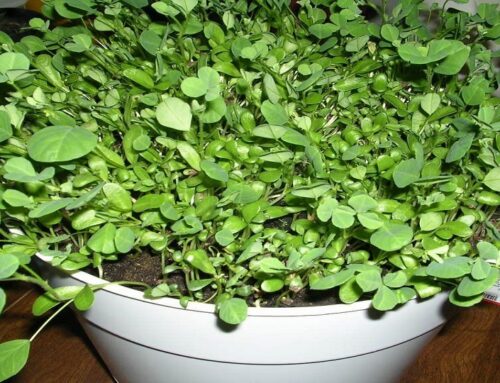
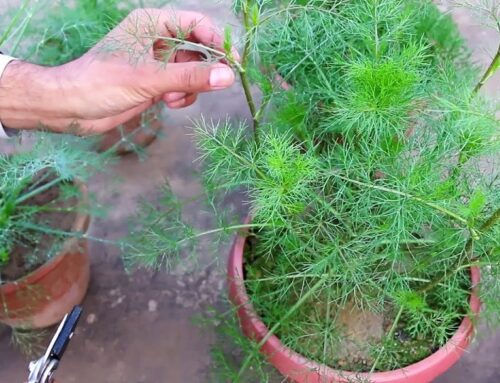
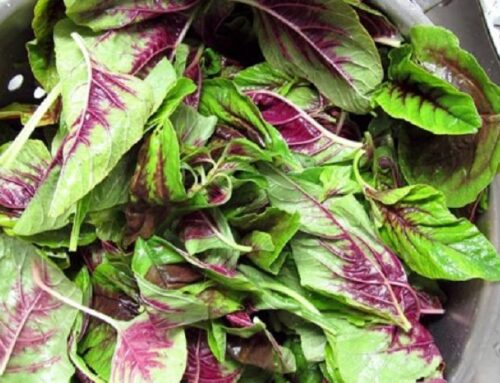
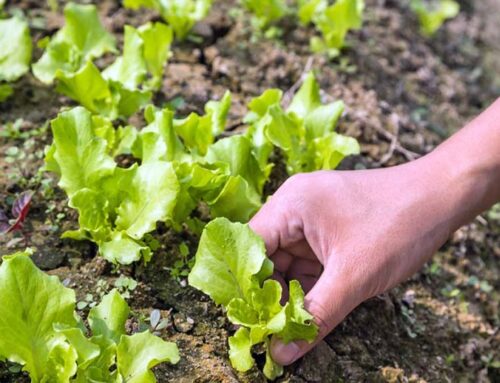
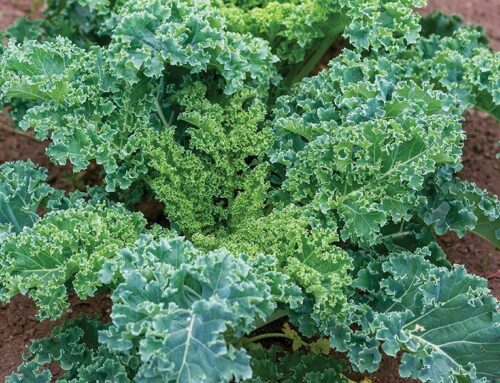
Leave A Comment
You must be logged in to post a comment.